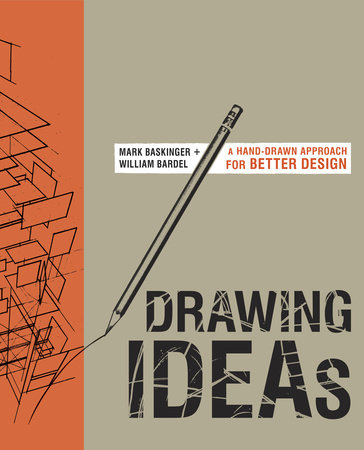Drawing Ideas
A Hand-Drawn Approach for Better Design
Mark Baskinger and William Bardel
Ebook
November 19, 2013 | ISBN 9780385344524
AmazonApple BooksBarnes & NobleBooks A MillionGoogle Play StoreKobo
Hardcover
November 19, 2013 | ISBN 9780385344623
AmazonBarnes & NobleBooks A MillionBookshop.orgHudson BooksellersPowell'sTargetWalmart




